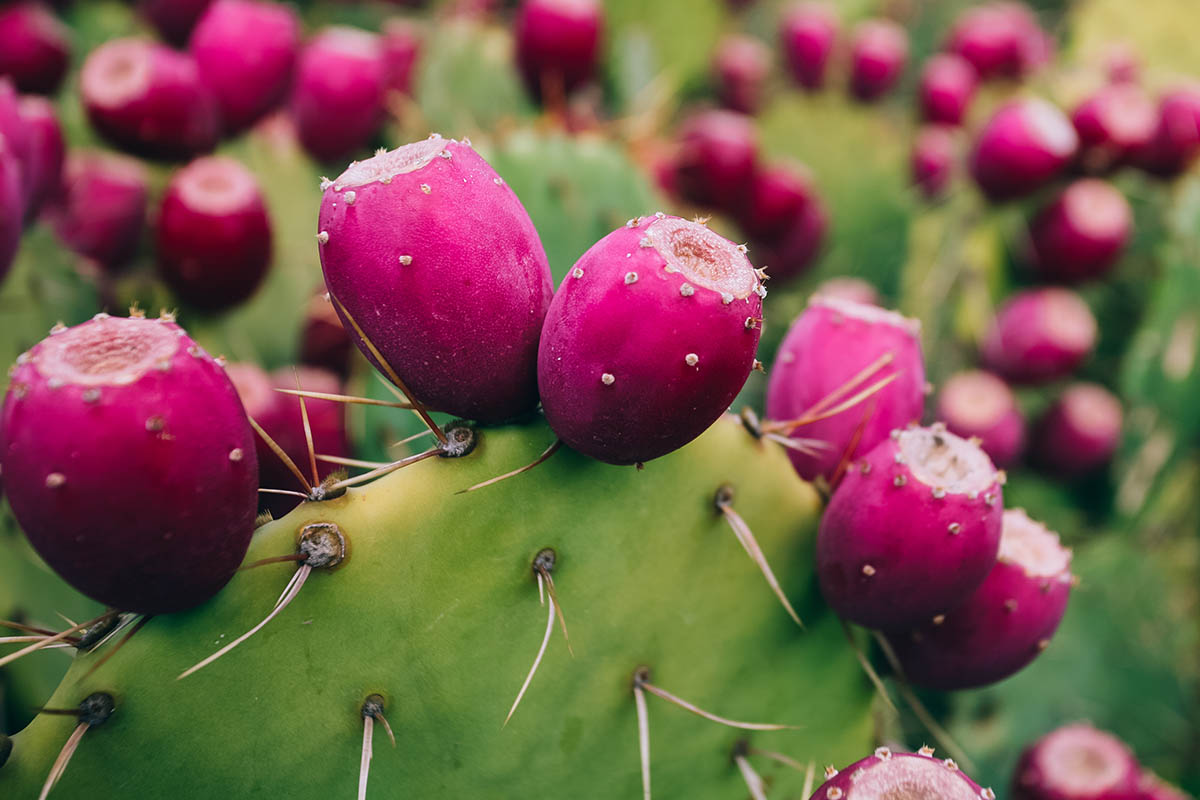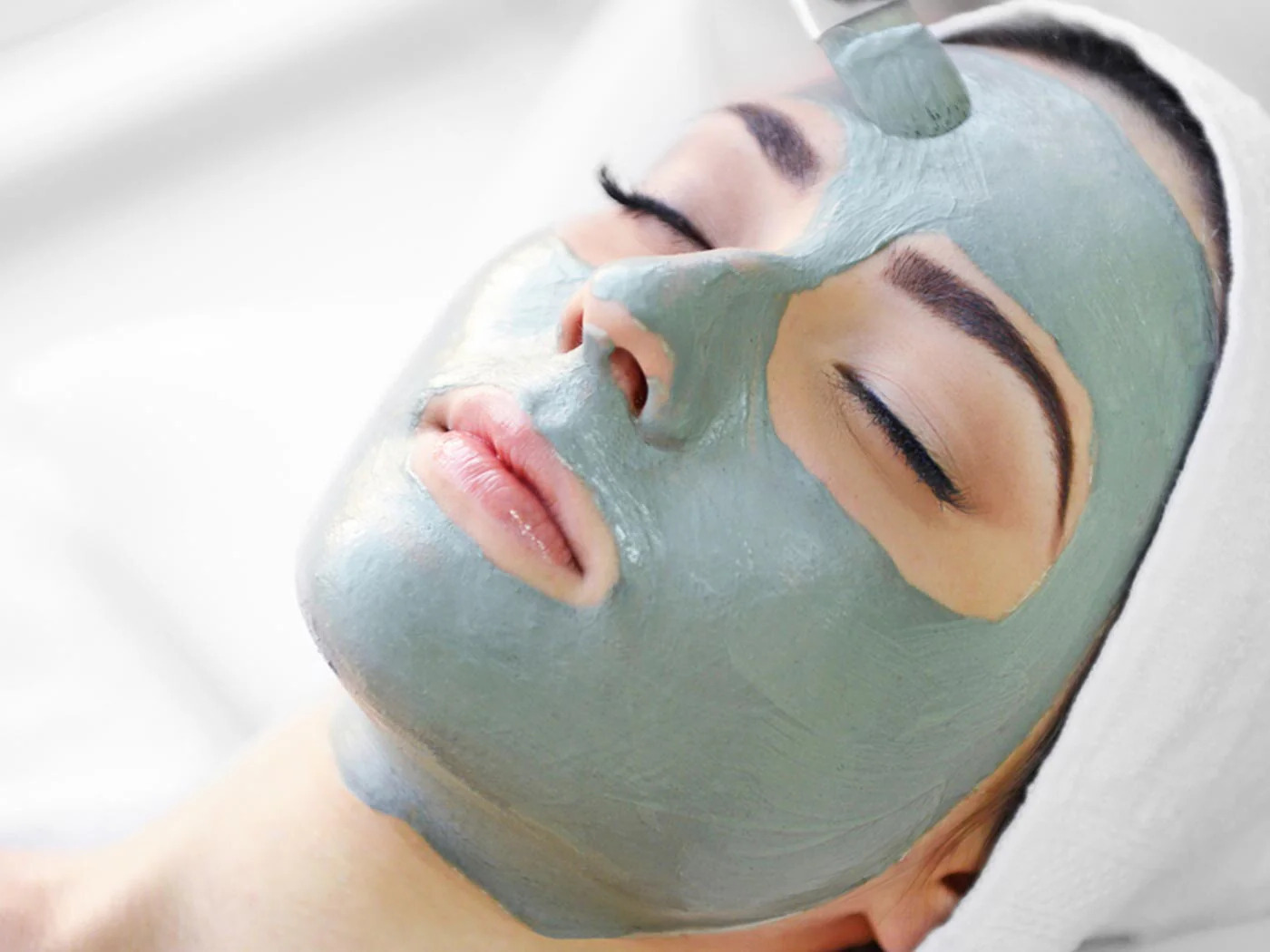
Prickly pear, also known as Opuntia, is a unique and fascinating cactus that is not only visually appealing but also boasts a wealth of health benefits. Native to the Americas, prickly pear has been used for centuries in traditional medicine and culinary practices. In recent years, it has gained popularity worldwide for its versatility and nutritious properties.
In this article, we will delve into 17 intriguing facts about prickly pear that will not only pique your curiosity but also give you a deeper understanding of this remarkable plant. From its distinctive appearance to its culinary applications and medicinal uses, prepare to be amazed by the diverse range of benefits that prickly pear has to offer. So, grab a seat, get ready to explore, and let’s dive right in!
Key Takeaways:
- Prickly pear, a colorful and hydrating fruit, is packed with nutrients and fiber. It can be eaten raw, cooked, and used in skincare products, making it a versatile and beneficial addition to your diet and lifestyle.
- The resilient prickly pear represents strength and is environmentally friendly. Its vibrant blossoms and natural dye make it a unique and sustainable crop option, offering a rewarding experience for those who incorporate it into their lives.
Prickly pear is native to the Americas.
Originally found in Mexico and parts of the southwestern United States, prickly pear has now spread to various regions around the world.
The fruit comes in a variety of colors.
From vibrant red and purple to pale yellow and green, prickly pears come in different hues depending on their ripeness.
Prickly pear is rich in essential nutrients.
This fruit is packed with vitamins and minerals, including vitamin C, vitamin A, magnesium, and calcium.
It has a unique flavor.
Prickly pears have a sweet and refreshing taste, similar to a cross between watermelon and bubblegum.
Prickly pear can be eaten raw or cooked.
You can enjoy prickly pear by eating it fresh or incorporating it into various dishes, such as salads, smoothies, and desserts.
The fruit is known for its health benefits.
Prickly pear has been used in traditional medicine for centuries due to its potential anti-inflammatory, antioxidant, and cholesterol-lowering properties.
Prickly pears are packed with fiber.
Dietary fiber found in prickly pears can aid in healthy digestion and help maintain stable blood sugar levels.
The cactus pads are edible too.
In addition to the fruit, the cactus pads, known as nopales, are commonly used in Mexican cuisine and are rich in vitamins, minerals, and fiber.
Prickly pear has a high water content.
With a water content of around 85%, prickly pear is a hydrating fruit that can help quench your thirst.
The fruit is low in calories.
If you’re looking for a guilt-free snack, prickly pear is a great choice as it is low in calories but still provides essential nutrients.
Prickly pear can be used to make juice and jams.
The juice extracted from prickly pears is often used to make delicious beverages, jams, and jellies with a unique flavor profile.
The plant has spines for protection.
As the name suggests, prickly pear has thorny spines on its exterior, serving as a defense mechanism against predators.
Prickly pear is a symbol of resilience.
In Mexican folklore, prickly pear represents strength and resilience in the face of adversity.
The fruit is known for its vibrant blossoms.
Prickly pear cacti produce stunning flowers in shades of yellow, orange, red, and pink.
Prickly pear has been used as a natural dye.
The vibrant colors found in prickly pear have been utilized to create natural dyes for fabrics and textiles.
Prickly pear is a popular ingredient in skincare products.
Due to its moisturizing and antioxidant properties, prickly pear extract is commonly used in skincare products to nourish and protect the skin.
Prickly pear is environmentally friendly.
The cultivation of prickly pear requires minimal water, making it a sustainable crop option in arid regions.
These 17 facts about prickly pear highlight the uniqueness and versatility of this remarkable fruit. Whether you enjoy it for its flavor, health benefits, or cultural significance, incorporating prickly pear into your diet and lifestyle can be a rewarding experience!
References:
Conclusion
Prickly Pear, also known as the Opuntia cactus, is a fascinating and versatile plant with numerous health benefits. It is not only a delicious fruit but also a valuable ingredient in traditional medicine. From its rich nutritional profile to its ability to aid digestion and alleviate inflammation, prickly pear has much to offer.Whether you enjoy it fresh, in juice form, or as a supplement, incorporating prickly pear into your diet can be a great choice. Not only will you be indulging in a unique and exotic flavor, but you’ll also be reaping the benefits of its high antioxidant content, potassium, and fiber.So next time you come across prickly pear, don’t hesitate to give it a try. Your taste buds and your body will thank you!
FAQs
Q: What is prickly pear?
A: Prickly pear is a type of cactus belonging to the Opuntia genus. It is characterized by its flat, oval-shaped pads and vibrant-colored fruits.
Q: Is prickly pear safe to eat?
A: Yes, prickly pear is safe to eat. However, it’s important to remove the spines and glochids (small, barbed hairs) before consumption to avoid irritation.
Q: What are the health benefits of prickly pear?
A: Prickly pear is rich in antioxidants, vitamins, minerals, and fiber. It may help promote digestion, reduce inflammation, and support cardiovascular health.
Q: How can I incorporate prickly pear into my diet?
A: Prickly pear can be enjoyed fresh, juiced, or used in various culinary creations such as jams, jellies, and even cocktails.
Q: Can prickly pear help with weight loss?
A: While prickly pear alone is not a magic weight loss solution, its high fiber content can contribute to a feeling of fullness, leading to reduced calorie intake.
Q: Are there any side effects of consuming prickly pear?
A: Although rare, some individuals may experience allergic reactions or digestive issues when consuming prickly pear. It’s always advisable to start with small amounts to assess your body’s response.
Prickly pears offer a world of wonders beyond their vibrant appearance and delectable taste. Delving deeper into the cactus family reveals even more intriguing facts about prickly pear cactus, from its unique adaptations to its diverse uses. Thirsty for a refreshing beverage? Cactus Cooler's origins and popularity might just quench your curiosity. Hungry for more? Cactus tortillas pack a nutritional punch that will leave you both satisfied and informed. Explore these captivating topics and expand your knowledge of the incredible prickly pear and its fascinating relatives.
Was this page helpful?
Our commitment to delivering trustworthy and engaging content is at the heart of what we do. Each fact on our site is contributed by real users like you, bringing a wealth of diverse insights and information. To ensure the highest standards of accuracy and reliability, our dedicated editors meticulously review each submission. This process guarantees that the facts we share are not only fascinating but also credible. Trust in our commitment to quality and authenticity as you explore and learn with us.


